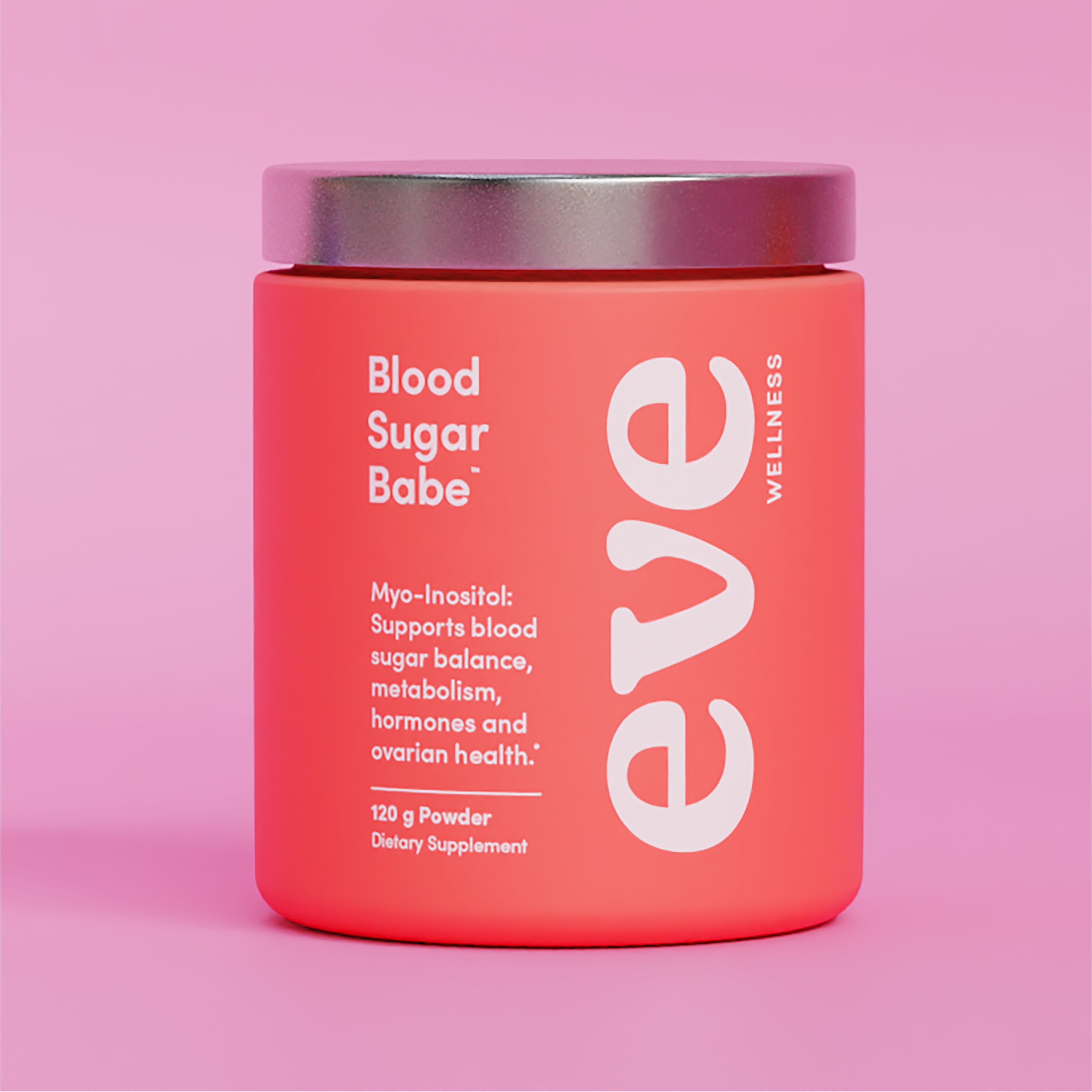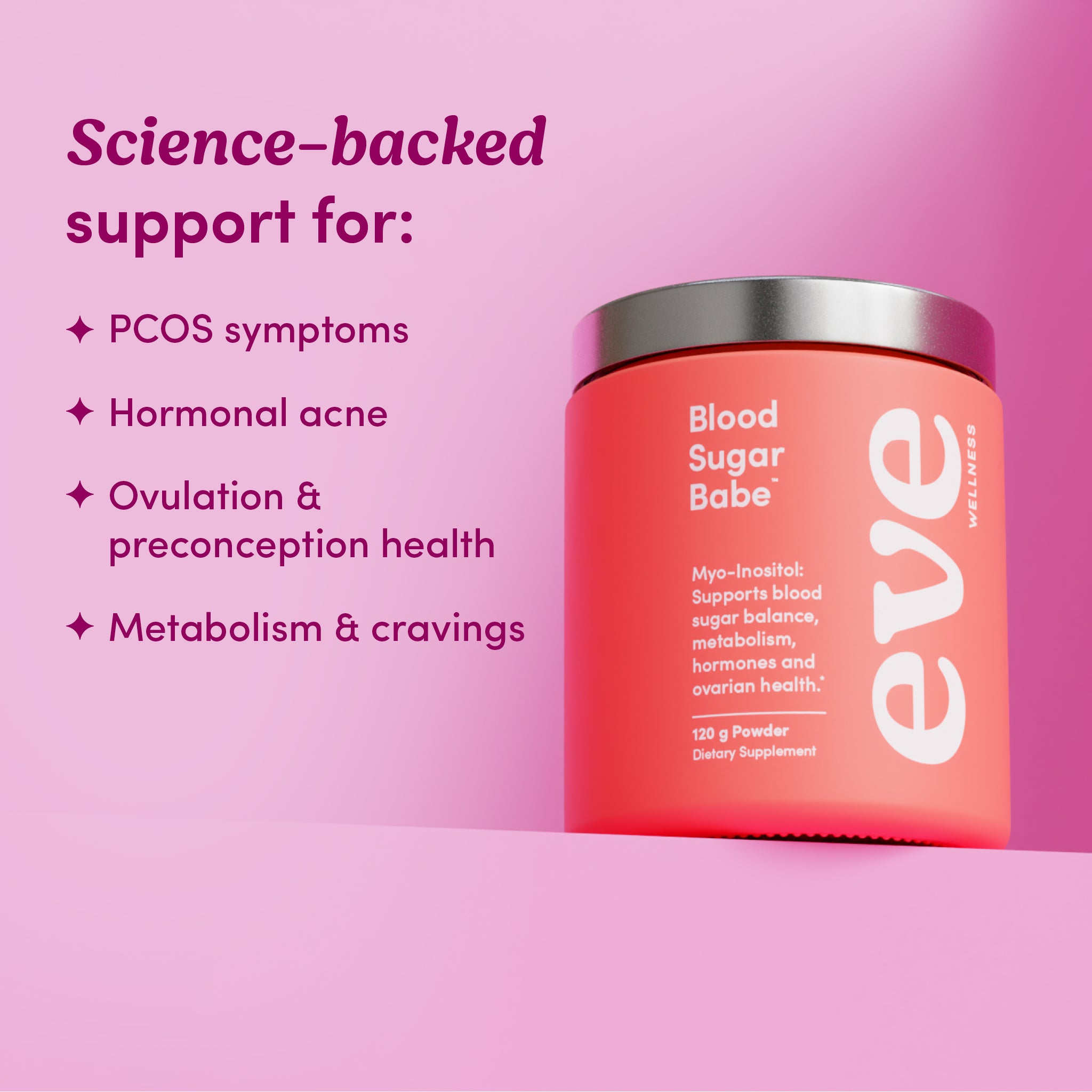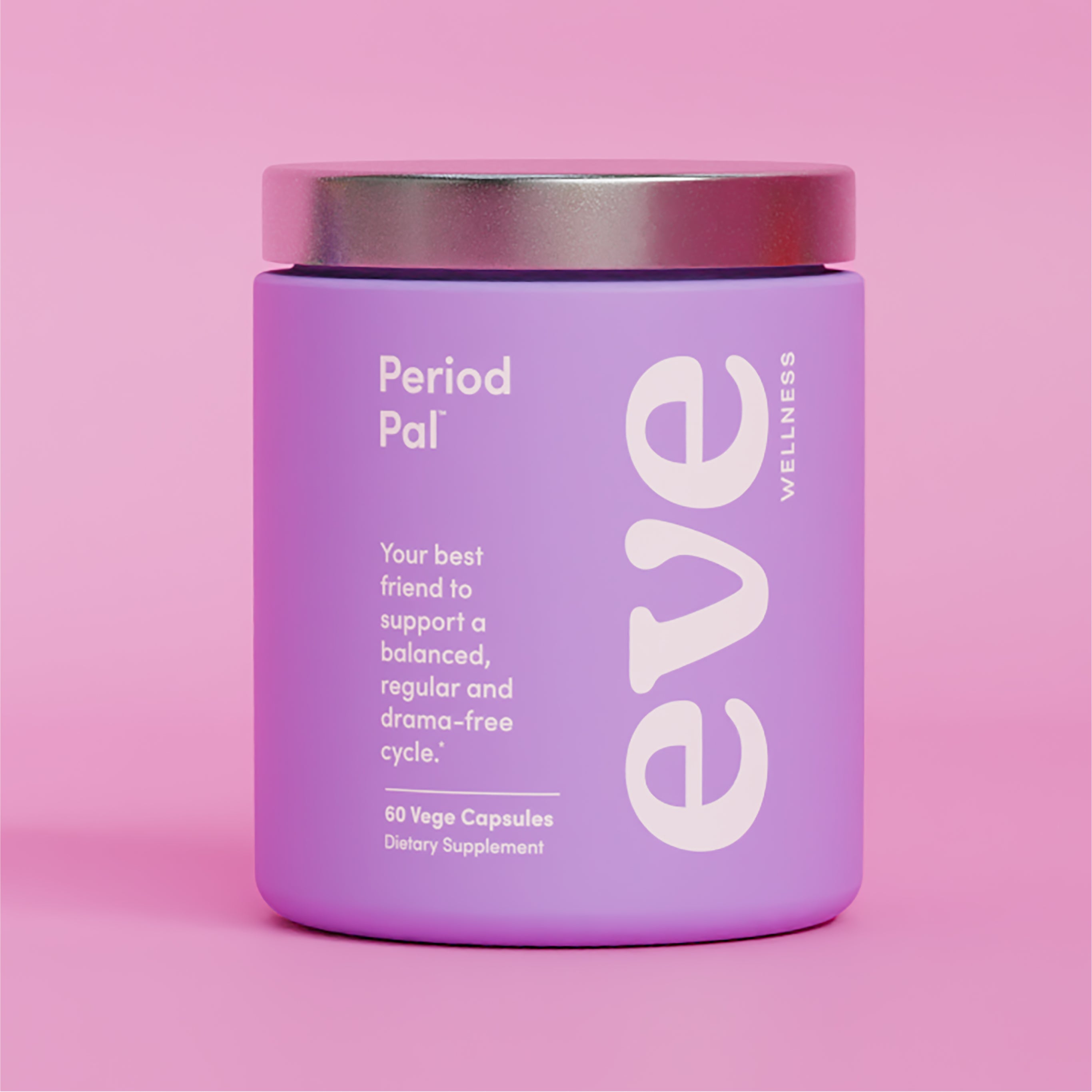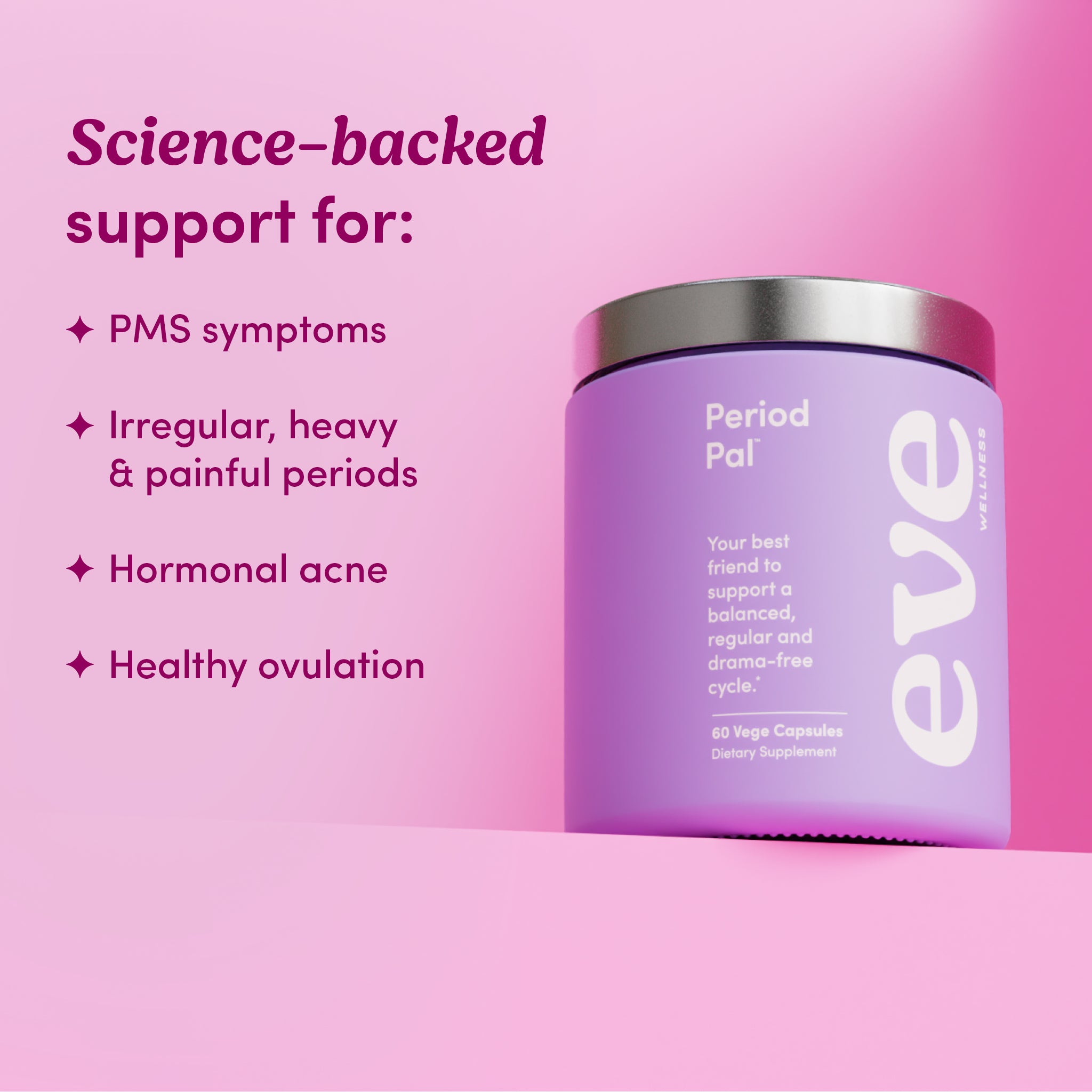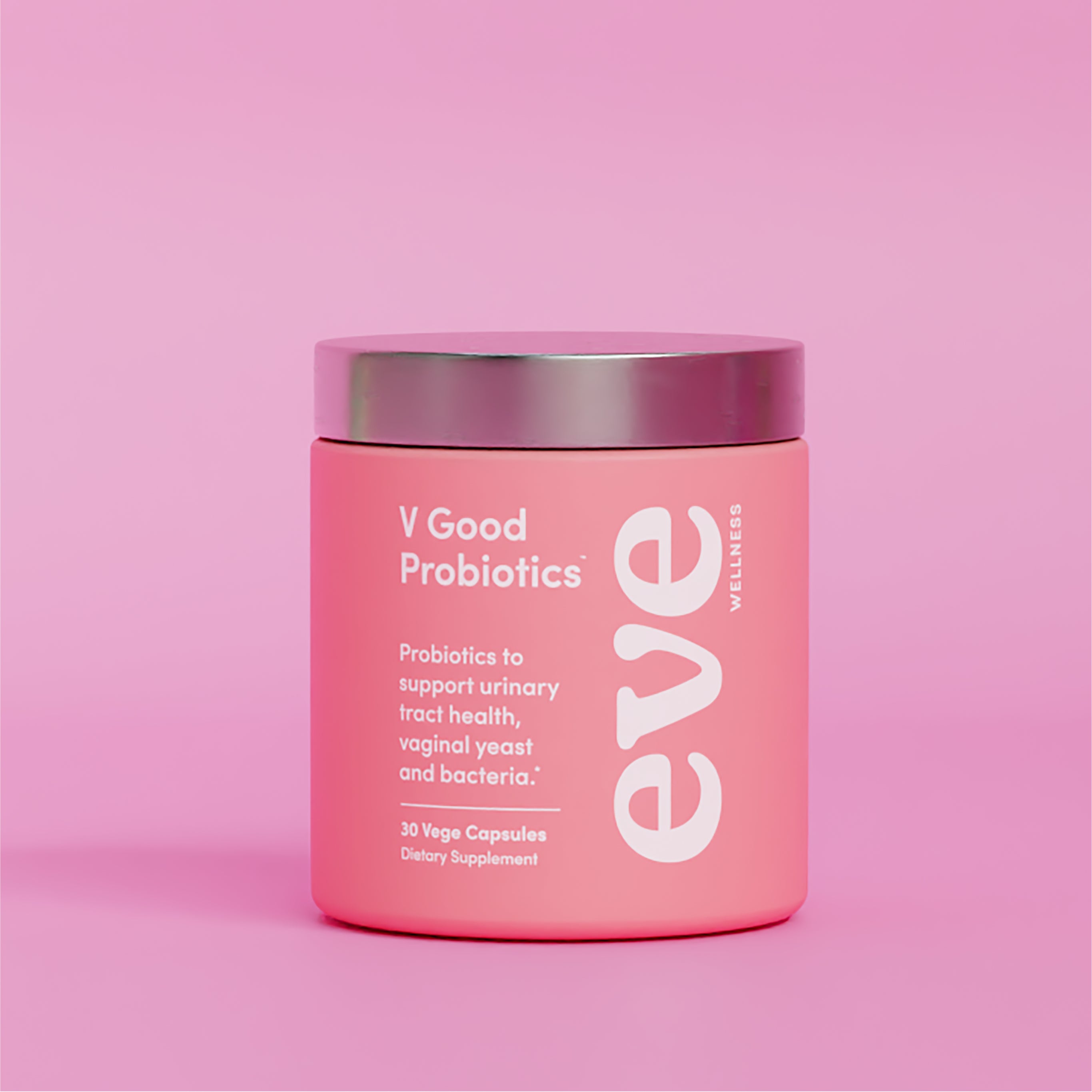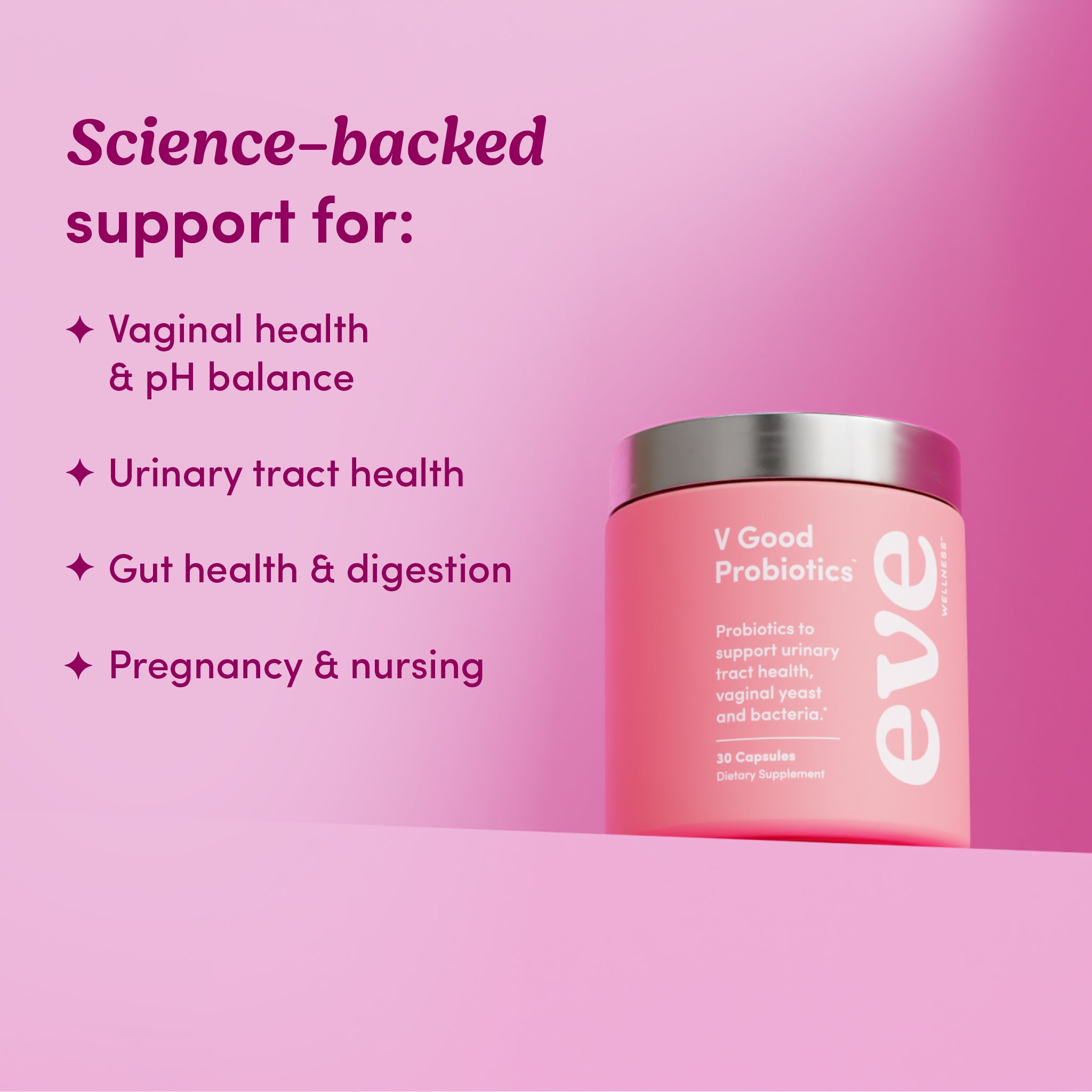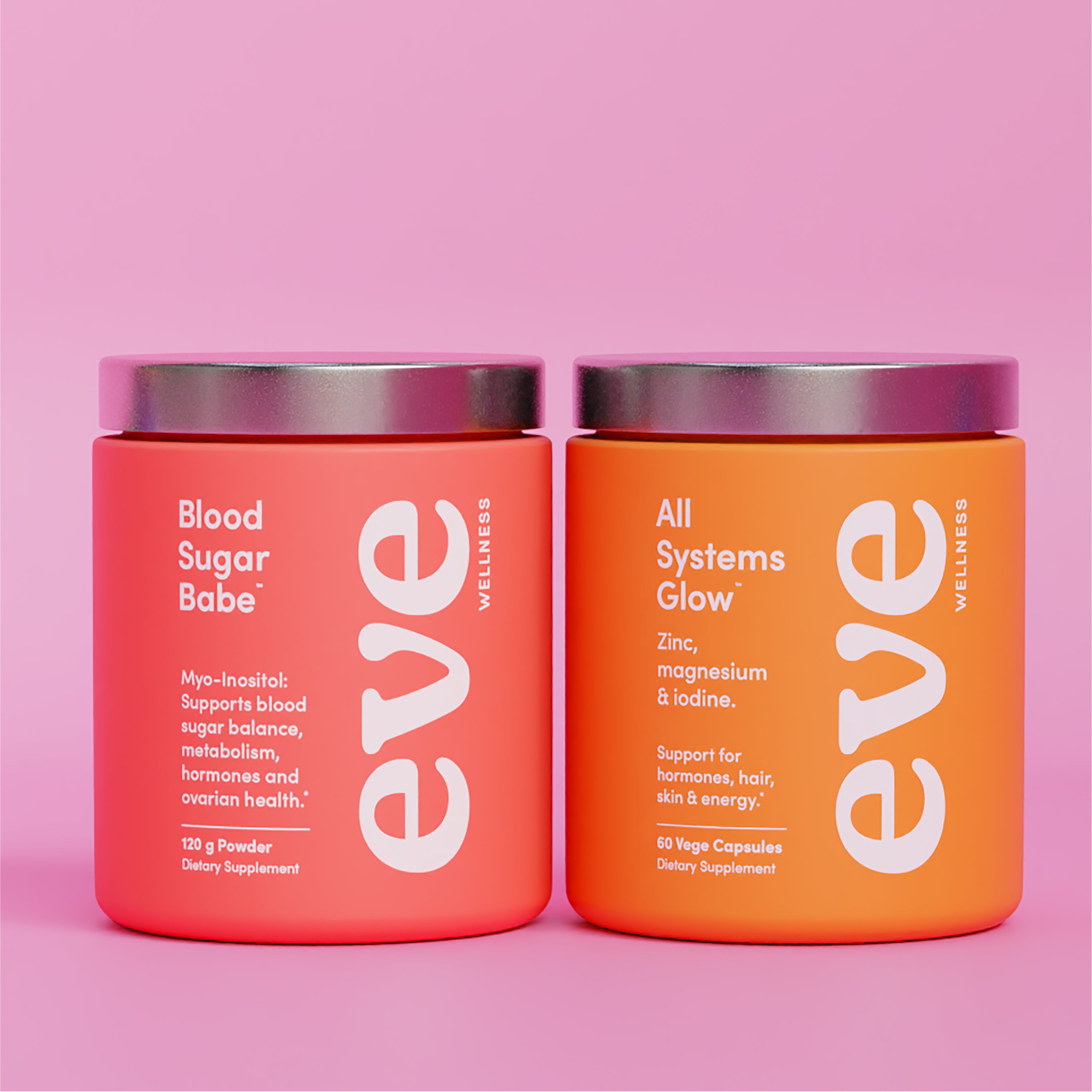Okay we realise the word ‘detox’ has some interesting interpretations and connotations - (remember the lemon detox diet)? But hear us out, detoxification is really just the elimination of chemicals, hormones, environmental compounds and other substances that no longer serve the body or aren’t meant to be there in the first place.
In the modern world we live in, these kinds of ‘toxins’ are here, there and everywhere. Plus, we’re all human and sometimes we partake in the occasional beveragino and other indulgences that life has to offer.
The good news is your body already has a built-in detoxification system starring the liver and a handful of other organs which work together to eliminate waste. All you have to do is show it some love and support it in doing what it naturally does - no cayenne-laced lemon water required!
Here’s what you need to know about how your body detoxes old hormones it no longer needs, and what you can do to support it.
PHASE 1: THE LIVER
What do last night's pinot gris and oestrogen have in common?
They’re both dealt with by the liver, which is the organ that’s tasked with cleansing and ridding your body of any chemicals (natural or synthetic) that it has used up and no longer needs; including hormones.
Oestrogen that your body no longer needs is metabolised down one of three pathways; 2-OH-E1, 4-OH-E1 and 16-OH-E1. Ideally we want higher levels of a friendly metabolite called 2-OH-E1, and lower levels of the other two metabolites which are known to be more inflammatory.
Higher levels of inflammatory 4-OH-E1 and 16-OH-E1 metabolites can increase:
- Period pain,
- Premenstrual headaches;
- Water retention;
- Breast tenderness;
- Mood swings;
- Risk of oestrogen-related cancers.
While your genetics play a role in oestrogen metabolism, there are ways you can support your liver function and nudge it towards favouring the friendly 2-OH-E1 pathway.
PHASE 2: THE GUT
Once oestrogen has been broken down by the liver, it’s handed over to the gut to pass out of the body through elimination.
If your digestion is on the sluggish side or you experience gut issues (indicating that your gut microbiome has more ‘bad guys’ than ‘good guys’), there’s a good chance that your gut health may also be also affecting your hormone balance.
Oestrogen should reach the gut in a nice ‘ready-to-dispose’ package, however if your gut health isn’t so flash, you can quickly become oestrogen-dominant through one, or even both, of the following ways:
An excess of beta-glucuronidase, a sneaky enzyme in the microbiome that likes to 'unwrap' the oestrogen and set it free - ready to be reabsorbed by the body. Sluggish bowels or constipation, the longer oestrogen hangs out with your gut bacteria (including beta-glucuronidase), the more likely it is to be absorbed back into the bloodstream.
This is why supporting good gut health and keeping things moving along nicely is important for keeping oestrogen levels in check. Check out our V Good Probiotics for some extra gut loving support.
SUPPORTING YOUR DETOX PATHWAYS
To give your liver a helping hand in dealing with everything life throws at it, try the following.
1. REMOVE OR REDUCE LIVER LOADERS
This is probably the one you don’t want to hear so let’s just get it over with first. Giving your liver some love means ditching the things that stress it out, such as sugar, alcohol, caffeine, dairy, inflammatory fats & processed foods.
To really feel a difference, try removing these things from your diet for around 21 days and see how you feel.
2. EAT PLENTY OF CRUCIFEROUS VEGETABLES
To encourage your liver to favour that nice 2-OH-E1 pathway, make sure to eat plenty of cruciferous vegetables, (i.e. broccoli sprouts, broccoli, cauliflower, cabbage, kale, collard greens, radish, bok choy, Brussels sprouts and watercress).
These vegetables are especially rich in a compound called Diindolylmethane (DIM), which supports the liver in metabolising and detoxifying oestrogen.
3. DON’T SKIMP ON PROTEIN
Many ‘detox’ diets are notoriously low in protein (think juice cleanses and the like), when really your liver needs sufficient amino acids for phase 2 detoxification—the phase that actually excretes toxins.
To avoid falling into this trap, choose quality protein sources such as free range / grass-fed meat, poultry and eggs and wild-caught fish.
4. KEEP YOUR NUTRIENT STORES TIP-TOP
There are several key nutrients that your liver needs to function optimally, such as Selenium, Iodine, Vitamin B6, Vitamin B12, Vitamin B9 (folate), and Vitamin D.
To promote healthy oestrogen metabolism, eat plenty of nutrient-dense wholefoods and consider topping up your nutrient tank with All Systems Glow.
5. GET YOUR SWEAT ON
While your liver gets most of the glory, your skin can also help the detox process. Movement gets your lymphatic system moving and your blood flowing, and sweat helps to move waste out of the body. Try a heated vinyasa, infrared sauna or a gentle form of exercise that'll encourage a bit of sweat sesh.
6. DRINK ENOUGH WATER
Drinking enough water is crucial for staying hydrated and keeping your digestive system flushed. A good rule of thumb is around 0.03 litres per kg of body weight, and more if you exercise.
Find water a bit of a yawn? Try adding slices of lemon and lime, berries or a sprig of mint.
7. EAT PRE AND PROBIOTIC FOODS
Hormone balance and constipation are two things that simply don’t exist together. To keep everything moving along smoothly it’s important to eat both pre and probiotic foods.
Prebiotics are types of dietary fibre that feed your good gut bacteria, and are typically found in whole grain oats, legumes, bananas, berries, leafy greens, onions, garlic and leeks.
Probiotic foods naturally contain live bacteria that support a healthy gut microbiome, such as sauerkraut, kimchi, kombucha, yoghurt and kefir.
